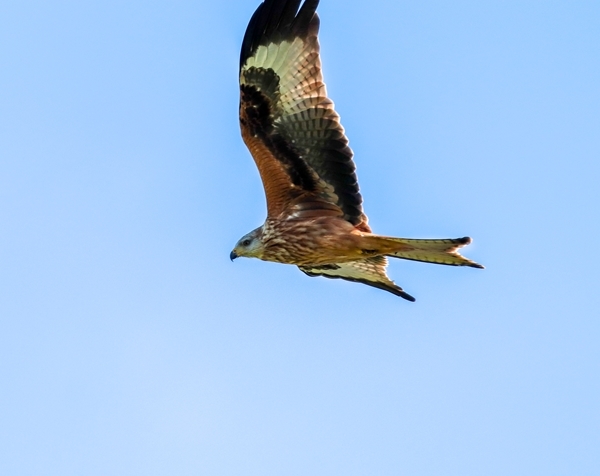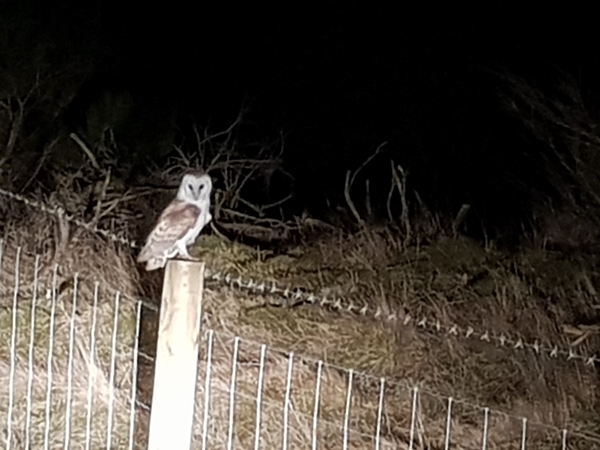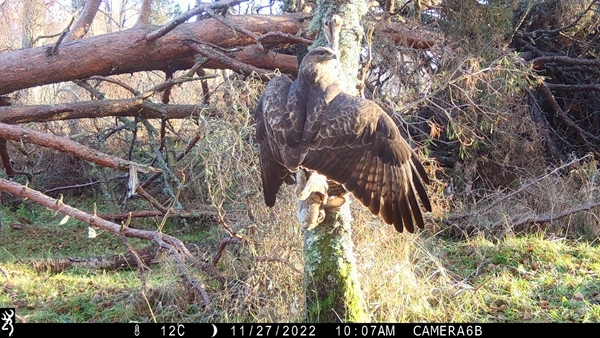A walk around GWSDF Auchnerran would not be complete without resident buzzards and red kites. We are lucky enough to be visited by an incredibly diverse range of raptor species, such as hen harriers, sparrowhawks and goshawks. Recently, we have witnessed a drastic increase in the number of raptors of various species observed utilising the farm, based on data from our raptor monitoring transects (conducted monthly since 2018).

In 2022, we recorded 177 observations of raptors of all species combined, an increase of 73 from the previous year. This is despite the number of recorded observations remaining remarkably consistent at GWSDF Auchnerran during previous years, with an average of 112 observations per year and a range of 104 to 121. Further information on this will be provided in our upcoming Auchnerran report.
A strong population of raptors utilising GWSDF Auchnerran indicates that we provide an ideal and rich habitat for them and their prey to thrive. A major food source for our resident raptors is the plentiful rabbits and hares that make their home on the farm. This is clear from the many rabbit remains that we come across on fence posts and near the raptors’ preferred perching spots.

In addition to, and now in place of, our prior raptor transects, in spring, we walk around the woodlands and locate any raptor nesting activity as part of our wildlife monitoring. This is done with extreme caution to minimise any disturbance. When a potential nest is spotted, we do weekly visits from a distance to assess if the nest remains active or if they have failed their breeding attempt. Signs of activity include fresh prey remains, new nesting materials on the nest, and whitewash on or around their nests.

This year, we managed to locate six buzzard nests, one kestrel nest, and one tawny owl nest. This is very exciting for us, as these species play an important role in the improvement of the habitat by controlling the rabbit population. This helps to reduce the spread of diseases by maintaining a healthy population density among the local rabbits.